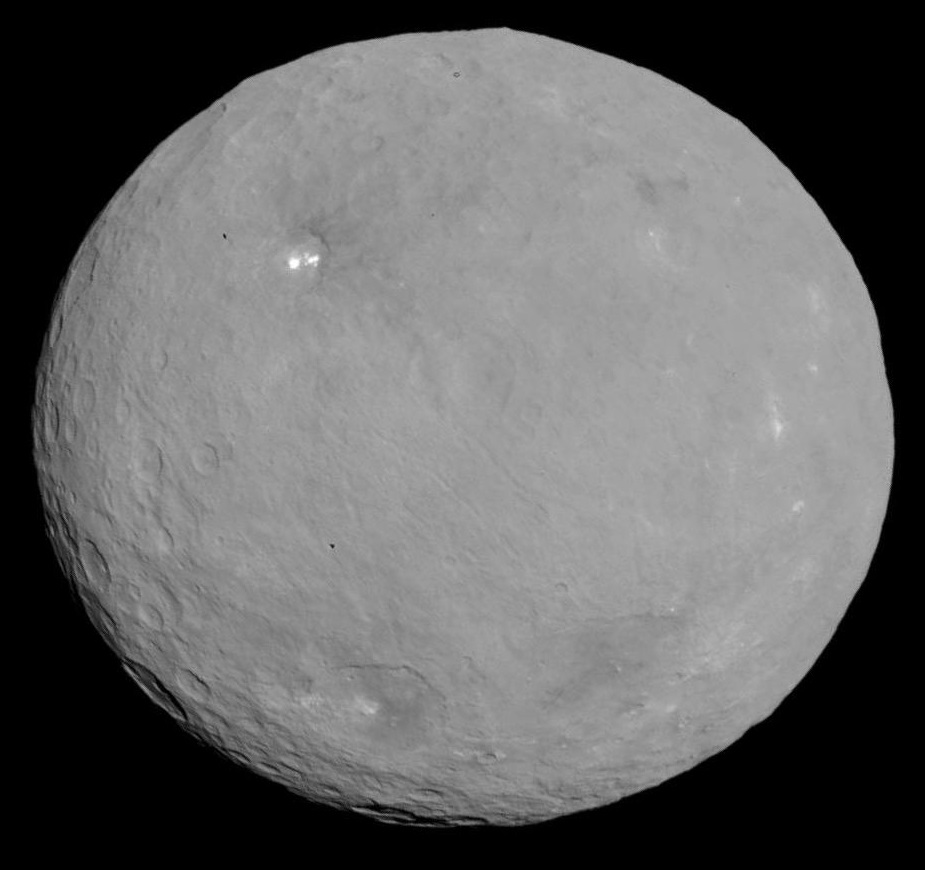G-type asteroid on:
[Wikipedia]
[Google]
[Amazon]
 G-type asteroids are a relatively uncommon type of
G-type asteroids are a relatively uncommon type of
 G-type asteroids are a relatively uncommon type of
G-type asteroids are a relatively uncommon type of carbon
Carbon () is a chemical element with the symbol C and atomic number 6. It is nonmetallic and tetravalent—its atom making four electrons available to form covalent chemical bonds. It belongs to group 14 of the periodic table. Carbon mak ...
aceous asteroid that makes up approximately 5% of asteroids. The most notable asteroid in this class is 1 Ceres.
Characteristics
Generally similar to the C-type objects, but contain a strongultraviolet
Ultraviolet (UV) is a form of electromagnetic radiation with wavelength from 10 nm (with a corresponding frequency around 30 PHz) to 400 nm (750 THz), shorter than that of visible light, but longer than X-rays. UV radiation ...
absorption feature below 0.5 μm. An absorption feature around 0.7 μm may also be present, which is indicative of phyllosilicate minerals such as clay
Clay is a type of fine-grained natural soil material containing clay minerals (hydrous aluminium phyllosilicates, e.g. kaolin, Al2 Si2 O5( OH)4).
Clays develop plasticity when wet, due to a molecular film of water surrounding the clay par ...
s or mica.
In the SMASS classification
the G-type corresponds to the Cgh and Cg types, depending on the presence or absence (respectively) of the absorption feature at 0.7 μm. The G-type, C-type and some rare types are sometimes collected together into a wider C-group of carbon
Carbon () is a chemical element with the symbol C and atomic number 6. It is nonmetallic and tetravalent—its atom making four electrons available to form covalent chemical bonds. It belongs to group 14 of the periodic table. Carbon mak ...
aceous asteroids.
See also
*Asteroid spectral types
An asteroid spectral type is assigned to asteroids based on their emission spectrum, color, and sometimes albedo. These types are thought to correspond to an asteroid's surface composition. For small bodies that are not internally differentiated ...
References
* D. J. Tholen Asteroid taxonomic classifications in Asteroids III Asteroid spectral classes * {{asteroid-stub